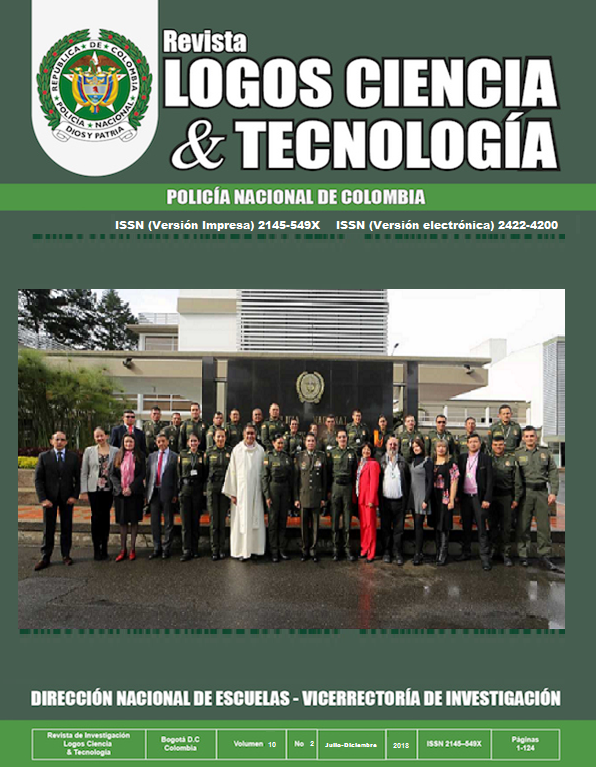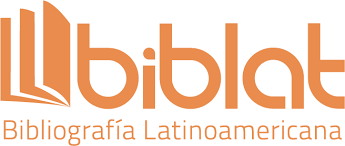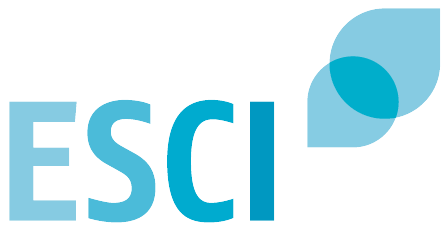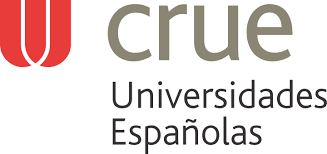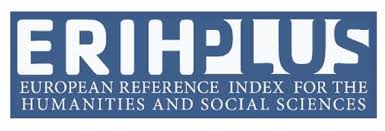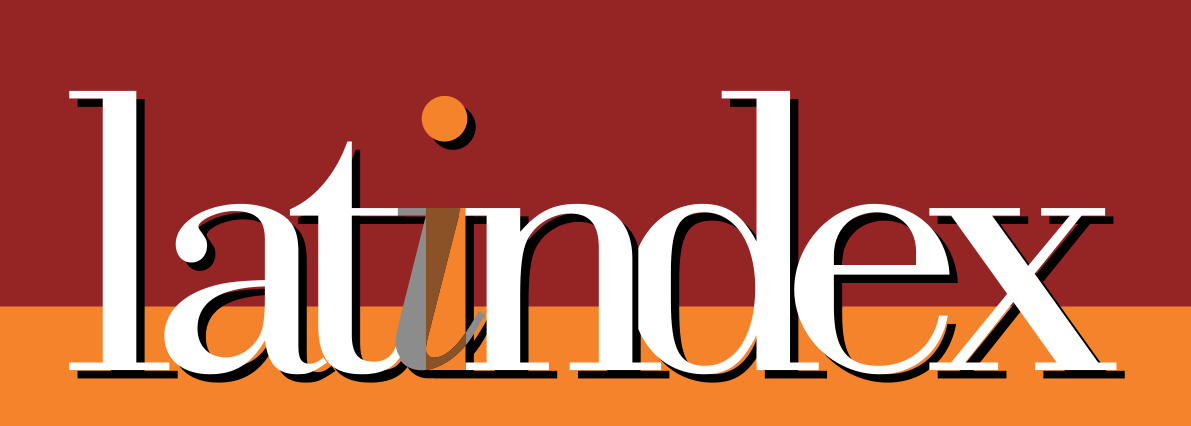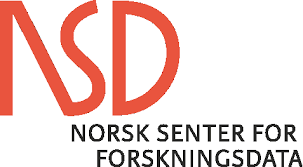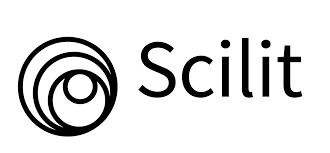Economic analysis of implementation of some control strategies for rural and urban malaria in Tumaco (Colombia)
DOI:
https://doi.org/10.22335/rlct.v10i2.552Keywords:
Malaria, Tumaco, Optimal Control Problem, Economic AnalysisAbstract
In this paper, we present the results of the analysis of an optimal control problem to malaria transmission in human and mosquito populations in Tumaco (Nariño), considering vector and vertical transmission (pregnant-fetus). For human population the model is type SEIR (Susceptible-Exposed-Infected-Recovered) and for mosquito population is type SI (Susceptible-Infected). The control variables considered are: indoor fumigation, use of mosquito nets, prophylactic treatment during pregnancy and antimalarial treatment. These control variables were chosen from the proposals made by the World Health Organization (WHO) in cooperation with the United Nations Children's Fund (UNICEF), the United Nations Development Program (UNDP) and the World Bank in 1998, through the Roll Back Malaria Global Partnership. With the control variables, two different control strategies are implemented: in the first, prophylactic treatment is provided during pregnancy as well as antimalarial treatment; in the second, the four control variables are applied simultaneously. The numerical simulations of the optimal control problem were carried out using data from literature consulted and from the National Public Health Surveillance System (SIVIGILA) in the pacific region of Nariño, during 2000-2001, period which registered an accelerated growth of cases of malaria in this municipality. The results suggest that to rural areas of Tumaco the most effective and least expensive strategy to control malaria is the implementation of the four variables of control simultaneously; while to urban zone of Tumaco the supply of prophylactic treatments in pregnancy and antimalarial are the best option.
Downloads
References
Carmona-Fonseca, J. (2009). Incidence of gestational, congenital and placental malaria in Urabá (Antioquia, Colombia). Revista colombiana de obstetricia y ginecología, 19-33.
Lenhart, S., & Workman, J. (2007). Optimal control applied to biological models. CRC press.
Molina, A. (2008). Sistemas de información geográfica para el análisis de la distribución espacial de la malaria en Colombia. Revista de la Escuela de Ingenierìa de Antioquia, 99-111.
Molineros-Gallón, L., Calvache-López, O., Bolaños, H., Castillo, C., & Torres, C. (2014). Aplicaciones de un modelo integral para el estudio de la malaria urbana en San Andrés de Tumaco, Colombia. Revista Cubana de Medicina Tropical, 3-19.
Montoya, J., Romero, J., & Ibargüen, E. (2018). Qualitative Analysis of a Mathematical Model Applied to Malaria Disease Transmission in Tumaco (Colombia). Applied Mathematical Sciences, 205-217.
Ochoa, J., & Osorio, L. (2006). Epidemiology of urban malaria in Quibdo, Choco. Biomédica, 582-588.
Okosun, K. R., & Marcus, N. (2013). Optimal control strategies and cost-effectiveness analysis of a malaria model. Biosystems, 136-145.
Osorio, l. (2006). El control de la malaria en la costa Pacífica colombiana. Biomédica, 313-316.
Padilla, J., & Piñeros, J. (2001). Situación de la malaria en el Pacífico nariñense durante el año 2001. Inf Quin Epidemiol Nac, 269-273.
Pattanayak, S., Dickinson, K., Corey, C., Murray, B., Sills, E., & Kramer, R. (2006). Deforestation, malaria, and poverty: a call for transdisciplinary research to support the design of cross-sectoral policies. Sustainability: Science, Practice, and Policy , 45-56.
Pontryaguin, L. (1987). Mathematical theory of optimal processes. CRC press.
Prosper, O., Ruktanonchai, N., & Martcheva, M. (2014). Optimal vaccination and bednet maintenance for the control of malaria in a region with naturally acquired immunity. Journal of theoretical biology, 142-156.
Rodríguez, J., Uribe, G., Araújo, R., Narváez, P., & Valencia, S. (2011). Epidemiology and control of malaria in Colombia. Memórias do Instituto Oswaldo Cruz, 114-122.
Rollback. (2003). The Roll back malaria: Global Partnership for a Malaria-free World.
Romero, J., Montoya, J., & Ibargüen, E. (2018). An optimal control problem applied to malaria disease in Colombia. Applied Mathematical Sciences, 279-292.
Romero, J., Montoya, J., Ibargüen, E., & Villarroel, M. (2017). Influencia de la Fuerza de Infección y La Transmisión Vertical en la Malaria: Modelado Matemático. Revista de la Facultad de Ciencias Básicas, 4-18.
Vergel Ortega, M., Martínez Lozano, J., & Zafra, S. (2017). Cultivo de cebolla y su comportamiento en la Provincia de Ocaña. Revista Colombiana de Ciencias Hortícolas, 10(2), 333-344. doi:https://doi.org/10.17584/rcch.2016v10i2.5070
Weinstein, M., Siegel, J., Gold, M., Kamlet, M., & Russell, L. (1996). Recommendations of the Panel on Cost-effectiveness in Health and Medicine. Jama, 1253-1258.
Downloads
Published
Issue
Section
License
This journal provides free and immediate access to its content (https://creativecommons.org/licenses/by/4.0/legalcode#languages), under the principle that making research available to the public free of charge supports greater global knowledge exchange. This means that the authors transfer the Copyrights to the journal, so that the material can be copied and distributed by any means, as long as the authors’ recognition is maintained, and the articles are not commercially used or modified in any way.
